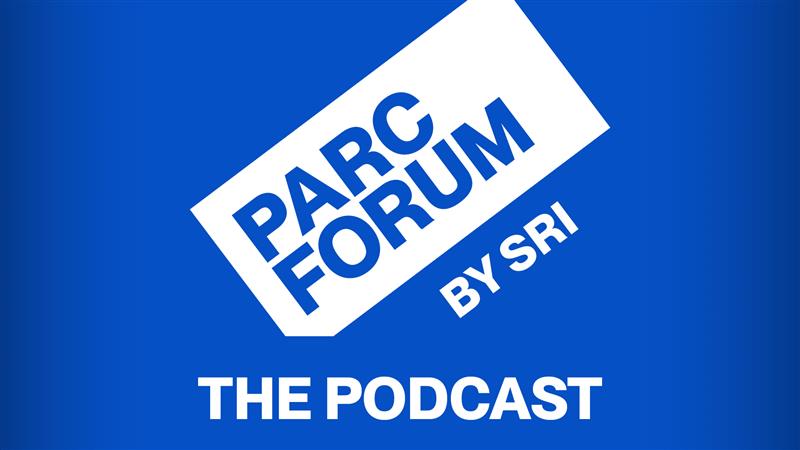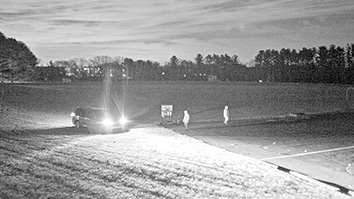
SRI research demonstrates that screen-based educational content can measurably improve how young children understand the world around them.
Many parents today are concerned about screen time. Are their children spending too much time on screens? How can they best manage what and how much their children see? Is any of it “good” for kids?
Questions like these drive much of the research Todd Grindal pursues as the director of the Center for Learning and Development in SRI’s Education division. “We look at the ways that media and technology can be supportive of children and at the ways in which maybe they’re not so helpful,” Grindal explains.
In a recent paper, Grindal and his co-authors from SRI and the Education Development Center present research showing that some digital content can make a positive impact on kids. Exposing young children to content expressly designed to promote learning outcomes, they found, does translate into measurable improvements in critical skills.
“What this work tells us is that well-designed, developmentally appropriate children’s media can be useful and does help children learn.” — Todd Grindal
The study, funded by the U.S. Department of Education’s Ready To Learn program, explored what children can learn from watching episodes and playing digital games from season three of the PBS KIDS series The Cat in the Hat Knows a Lot About That! The show was designed to align with age-appropriate standards set by the National Science Foundation, including in its focus on physical science and engineering concepts, practices, and vocabulary.
“Kids love it,” says Grindal. “But the folks from the Corporation for Public Broadcasting and PBS KIDS really wanted the kids to learn the science and engineering skills. They asked us to run a large-scale experiment asking, essentially: Did it work? Not just did kids see the content, but can they learn something in this virtual space, watching a show, playing some games on a tablet related to science and engineering, and then can they transfer what they learned to the real world?”
To study the potential impact of the videos and games, the research team met with the parents of more than 450 four- and five-year-olds around the country. All children completed an assessment of science skills at that meeting. Researchers gave each family a tablet — either pre-loaded with Cat in the Hat content or with that content blocked — and asked them to use the Cat in the Hat content (or other educational media for the control group) for at least 90 minutes a week for the following eight weeks.
The research team then met with each family again and presented the children with a series of tasks related to science and engineering. The results? According to the paper, “Children who were provided access to the Cat in the Hat resources outperformed those who did not have access on measures of how the properties of objects (e.g., size and shape) and materials (e.g., hardness and flexibility) make them suitable for different purposes and how different forces (pushes and pulls) can cause objects to move and influence the stability of a bridge.”
In other words, digital content was able to measurably improve some aspects of children’s knowledge of science as well as science and engineering practices.
“We have this whole world of content that is not focused on kids’ learning, but on monetizing their attention,” Grindal observes. “What this work tells us is that well-designed, developmentally appropriate children’s media can be useful and does help children learn. Even better, these positive findings are consistent with our prior large-scale randomized controlled trials of PBS KIDS media funded by Ready to Learn.”
This material is based upon work supported by the Department of Education under Corporative Agreement No. U295A150003, CFDA No. 84.295A, Corporation for Public Broadcasting and the Education Development Center, Inc. Any opinions, findings and conclusions or recommendations expressed in this material are those of the authors and do not necessarily reflect the views of the Education Development Center, the Corporation for Public Broadcasting, or the U.S. Department of Education.
To learn more about SRI’s education work, sign up for our education newsletter, check out our Homeroom podcast, or visit sri.com/education.


